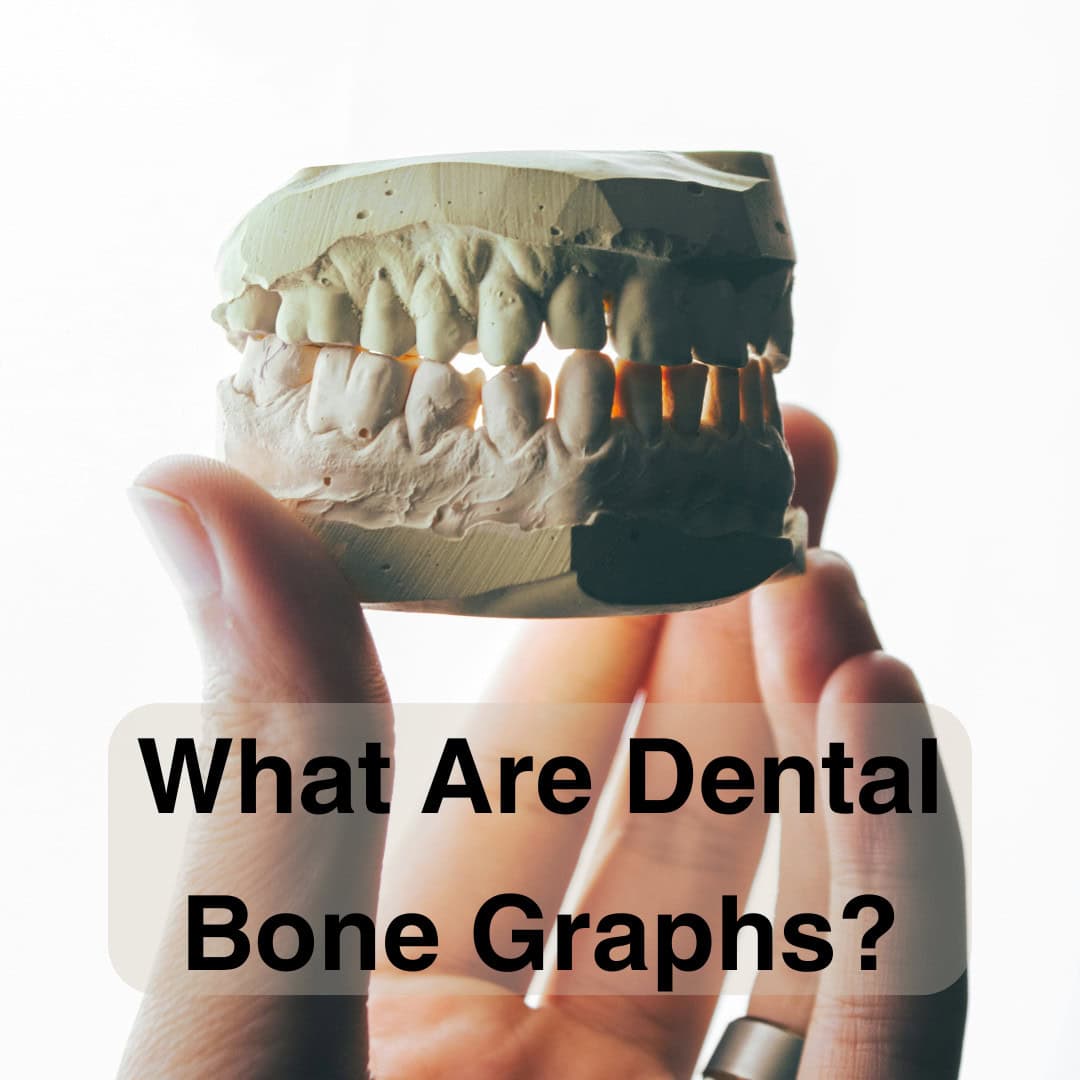A dental bone graft is a surgical procedure to repair or rebuild the jaw bone through the transplantation of bone tissue. This procedure is unique because although your surgeon places new bone at the site where it’s needed, your body is what does all the work. The bone graft acts as the scaffolding, where your body will then implement its natural healing process and fill in the surrounding area with bone to support the graft and any dental procedures that come afterwards. This procedure is necessary when bone loss has occurred in the jaw.
There are four types of bone grafts
- Autografts: Bone is taken from another part of the patient’s body and transplanted to the area needing augmentation. This method has a reduced risk of rejection due to the bone coming from the patient’s own body.
- Allografts: Bone is sourced from a human donor, most often from a bone bank. For transplantation, the donor bone is processed and sterilized in preparation. This is the most common form of bone graft, because it eliminates the need for a second surgical site.
- Xenografts: Bone is obtained from another species, typically bovine (cow) bone. The process involves removing any organic material to reduce the risk of rejection. This method is most commonly used for patients who just need a little support to regrow their own bone.
- Synthetic Grafts: These are grafts made from biocompatible materials such as calcium phosphates, bioactive glasses, or other ceramics. They provide an alternative to natural bone grafts.
Why do you need a bone graft?
The primary goal of dental bone grafts is to provide a stable foundation for dental procedures, such as dental implants, bridges, or dentures. However, other benefits from it can include improved oral health, preventing changes in facial structure to ensure teeth don’t shift, and helping maintain natural contours of the jaw and allowing for a more natural appearance of your face, teeth and gums.
There are many reasons one might need a bone graft, with the main ones being bone loss due to:
- Support for Dental Implants, Bridges, or Dentures
- Bone Loss Due to Periodontal disease
- Bone Loss Due to Tooth Extraction
- Trauma or Injury
- Developmental defects
The main procedure for bone grafts include:
- Socket preservation: Sometimes called ridge preservation, this type of graft is placed in the socket immediately after a tooth extraction. It fills the void left behind by the missing tooth and prevents the sides of the socket from caving in.
- Ridge augmentation: If your teeth have been missing for a while, the supporting jawbone may be thinner than it was before. Ridge augmentation increases the width and volume of the jawbone so it can provide a stable foundation for implants or other restorative options.
- Sinus lift: The maxillary sinuses sit just above your upper back teeth. If the upper back teeth are missing, the sinuses can drop down and invade the space once occupied by the teeth roots. In this scenario, you wouldn’t want to place implants because they would penetrate the sinus membrane. To address this problem, your oral surgeon or periodontist can perform a sinus lift. This procedure raises the sinus back to its proper position. A dental bone graft is then placed underneath the sinus, creating a solid foundation for dental implants later on.
- Periodontal bone graft. Infection from gum disease can erode the bone that supports the teeth. This can cause the teeth to become loose. A periodontal bone graft is placed around an existing tooth to reduce mobility and provide additional support.
In most cases, bone grafts for dental implants must heal completely before the actual implant is placed. Because each person is unique, recovery times vary. In rare instances, your dentist may be able to place a bone graft and a dental implant at the same time. But this is decided on a case-by-case basis.
What is the process of a bone graft surgery?
Oral and Maxillofacial Surgeons (OMS) need to assess your jawbone and overall oral health through the use of x-rays and sometimes intraoral scans to determine the need for a bone graft. During the surgery, any damaging tissue will be removed, and the area is cleaned before placing the chosen graft material. Often collagen or a gel is used to keep it in place, but there may be a need for screws, membranes, or other materials to ensure it holds. Over time, the graft material will integrate with the existing bone and cue the body to start producing more bone growth in that area. This process can take several months, in which you will need to routinely visit your OMS to monitor the progress.
What are the Risks?
Risks for this surgery include infection, graft rejection, and complications at the surgical site. Dental bone graft rejection is very uncommon given the advanced material and techniques used. However, if you experience persistent pain, infection, graft exposure, shifting or wiggling teeth, loss of function, or sinus issues, you’ll want to contact your OMS.
Patients may experience some discomfort, swelling, or minor bleeding post surgery, but pain can be managed during the initial phase. It’s crucial to maintain good oral hygiene, follow after care instructions, and to keep up with your OMS at follow-up appointments.
Bone grafts are one of the most common procedures for an OMS. They use them to ensure that their other dental procedures are successful, with minimal change to the patient’s face and health. Bone grafts are a unique way to help our bodies heal themselves, and have a 99% success rate when being placed in the jaw.






